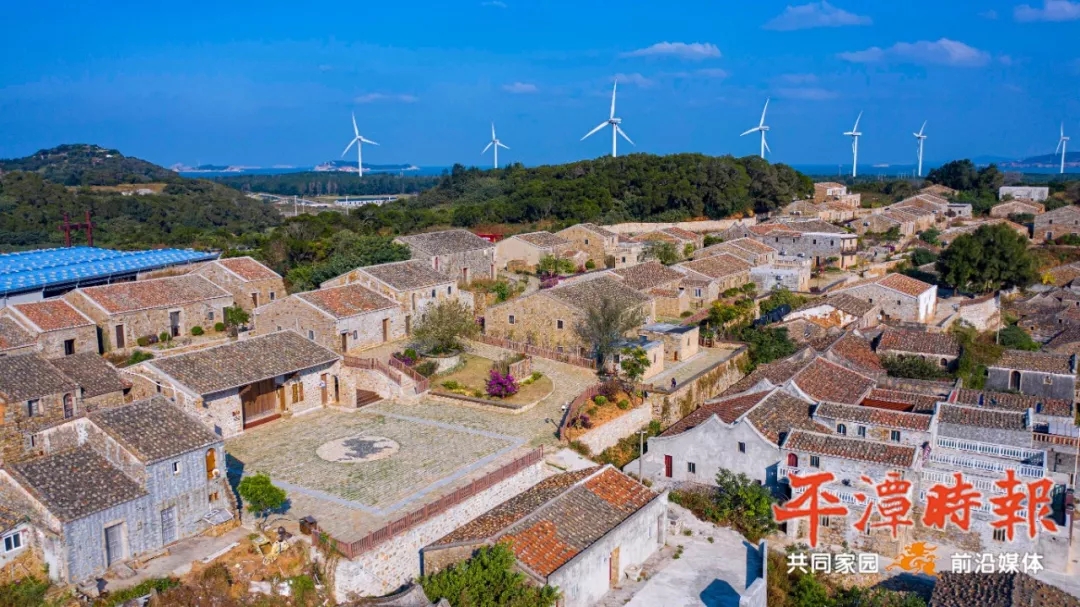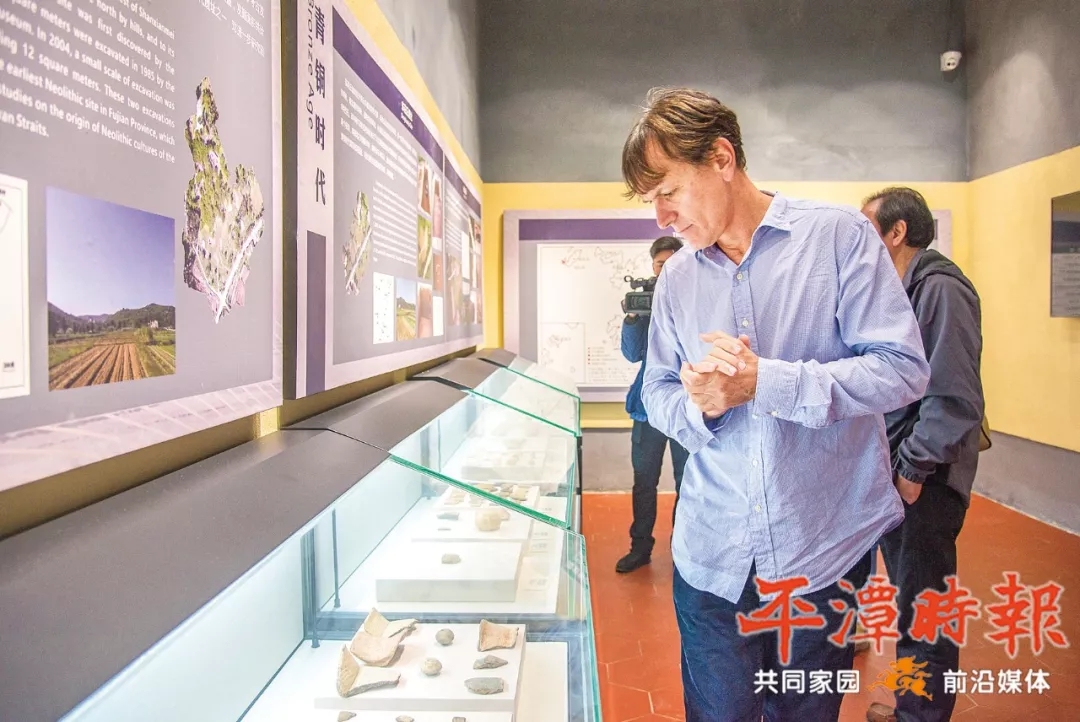Keqiutou Ruins: Mecca for Archaeotourism
Pingtan Net | Updated:2019-10-30
Keqiutou Ruins of Pingtan is one of the most recent batch of heritage sites to be listed under state protection. The historic site is reported to be one of the earliest Neolithic settlements to be unearthed in southeastern Fujian province and the cradle of civilization of the Fujian ancestry.
From Oct.27 to 30, the 2019 International Seminar on Austronesian Archaeological Research was held in Pingtan in hope of raising international awareness for the groundbreaking discovery and the profile of the historical landmark to promote Pingtan as an international tourist island.
“The purpose of the high-end seminar is to closely re-examine the origins of Keqiutou Ruins and the Austronesian culture. It is a vital turning point that sheds light upon Pingtan’s newly found historical contribution towards the Austronesian heritage, and also a move to internationalize Pingtan in archaeological and historical tourism”, said Fu Qisheng, chief of Fujian Provincial Cultural Relics Bureau.
Covering an area of 160,000 sq.m, Keqiutou Ruins spans from Keqiutou archaeological site to Donghua and Guishan archaeological sites.
“Fujian Institute of Archaeology has been carrying out researches on Pingtan’s Keqiutou ruins, especially in 2014 and 2015 when the institute made a breakthrough and discovered over 14 Pre-Qin Dynasty sites,” said Fan Xuechun, director of the Austronesian Archaeology Institute in Pingtan, who was also a senior researcher of Fujian Provincial Museum.
Up to now, 26 historical sites from Stone Age to Shang and Zhou Dynasties have been uncovered,forming the relatively complete prehistorical culture pedigree and unfurling Pingtan’s history spanning thousands of years.
Zheng Guozhen, Vice-president of the Chinese Cultural Relics Association, who had visited Pingtan for field research on numerous occasions and engaged in Austronesian archaeological research for 40 years, said that the island should set up Austronesian Forum, International Research Institute and Austronesian-themed Village to promote the tourism and development of Pingtan.
Capitalizing on culture to develop tourism and making tourism a stimulus to promote culture, Pingtan will assimilate its wonderful nature of island to forge another remarkable landmark on the international tourism island.
Keqiutou Chronicle:
1958 - Keqiutou Archaeological Site was discovered.
1985 - Site excavation started off in September.
1989 - Renamed as Keqiutou Relics Site in Jan.. Well-known Chinese archaeologist, An Zhimin, suggested the name “Keqiutou Culture” for the historical period.
1991 - Keqiutou was listed as a provincial-level cultural relic site protected by the Fujian Provincial People’s Government in March.
2004 - Sino-U.S. archaeological team from Fujian Museum, Hawaii Bishop Museum and Department of Anthropology of Hawaii University carried out excavation work for 1 month.
- Ruins of Donghuaqiu and Guishan were discovered in 2015 and 2016 respectively, a new testament to settlements dating back to the Bronze Age.

2016 - Fellow archaeologist Prof. Rowley from the University of Hawaii visited the site. Rowley claimed that the relics at Keqiutou resemble those from the Pacific Island, suggesting a correlation between the two heritage sites.
- The archaeological community confirmed Keqiutou as one of the oldest archaeological sites along the coastal region of Fujian province to be uncovered to date.
2017 - In Nov., the International Research Center for Austronesian Archaeology was established in Pingtan, the first of its kind in China, dedicated to prehistorical archaeological study across the Taiwan Straits.
2018 - In Oct., more sites were discovered, Donghuaqiu and Guishan ruins were included as provincial-level culture relic protection sites.
2019 - In Jan., Keqiutou was listed into the first batch of Fujian provincial-level archaeological park. Nine months later, Keqiutou Ruins of Pingtan was listed as one of the 8th batch of heritage sites under state protection.

